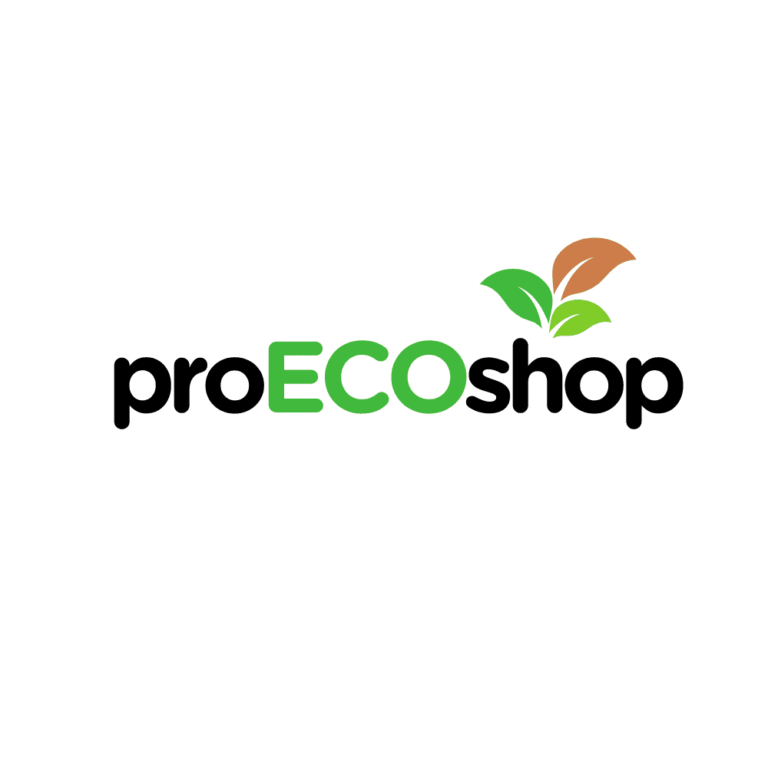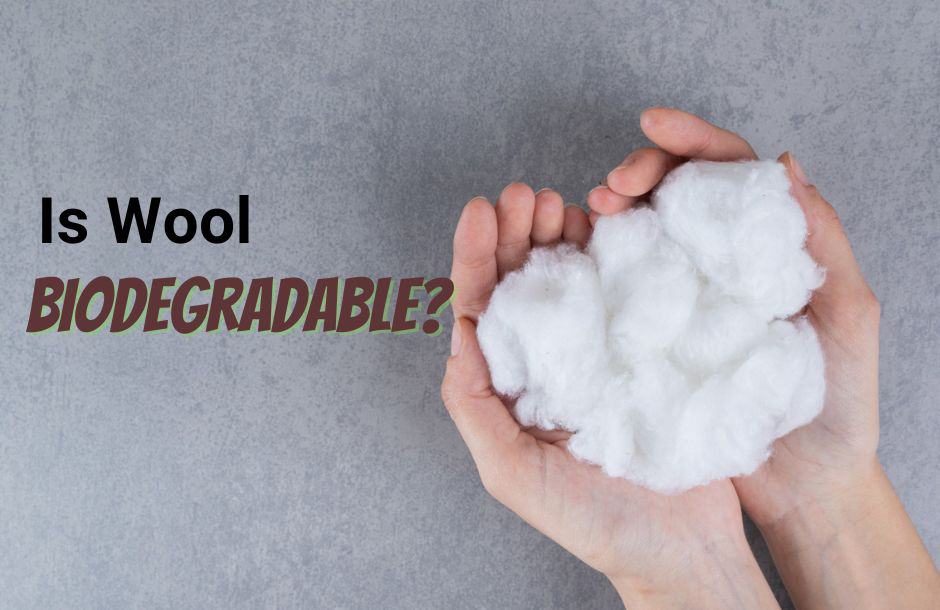Wool has been a staple fabric in clothing and blankets for centuries, but what many people don’t know is that wool can actually be biodegradable! Wool can be composted in the same way as other organic materials, so it can help offset the environmental impact of textile production.
Yes, wool is biodegradable. It is made from the protein keratin, which is also found in other animal fibers such as hair and feathers. Wool is therefore an excellent material for composting.
If you’re looking for an environmentally friendly material, wool is a great option. Wool is biodegradable, so it won’t harm the environment when it’s eventually discarded.
What is wool?
Wool is a natural fiber that is derived from animals, most commonly sheep. It is a protein fiber that is composed of keratin. Wool is known for being very durable and resilient, as well as being extremely warm and insulating. Wool is also naturally fire resistant and water repellent. It is often used in the production of clothing, upholstery, and carpets. Wool is also biodegradable, making it a sustainable and environmentally friendly choice.
The biodegradability of wool
Wool is a protein fiber that is derived from animals, specifically sheep. Unlike synthetic fibers, wool is biodegradable and will eventually break down in the environment. The rate of biodegradation will depend on the conditions in which the wool is disposed. For example, wool will decompose more quickly in compost than in a landfill.
Wool is often used in clothing and upholstery. It is a durable and resilient fiber, but it can also be expensive. When wool garments are no longer wanted, they can be donated to thrift stores or recycled into other products. For example, wool can be used as insulation or made into paper.
While wool is a natural and biodegradable fiber, it is not always the most sustainable option. Wool production can have a negative impact on the environment, particularly in terms of water pollution and land degradation. Therefore, it is important to consider the whole life cycle of a wool garment before purchase.
How long does it take for wool to decompose?
Wool is a protein fiber that is derived from sheep and other animals. It is a natural, renewable, and biodegradable resource. Wool is also recyclable. It can take anywhere from several months to several years for wool to decompose, depending on the conditions in which it is decomposing. Wool is not likely to decompose in landfill conditions because it is an anaerobic environment.
What factors affect the decomposition of wool?
There are many factors that affect the decomposition of wool. The type of wool, the weight of the wool, the amount of sunlight, the amount of moisture, and the type of bacteria present all play a role in decomposition. Wool is composed of protein and cellulose, which are both biodegradable. However, the process can take a long time depending on the conditions. If the wool is in a dry and sunny environment, it will decompose faster than if it is in a moist and shady environment. The type of bacteria present also plays a role in decomposition. If there are bacteria present that break down cellulose, the wool will decompose faster.
What are the benefits of wool?
Wool is a natural fiber that is both durable and breathable. It is also resistant to static and wrinkles, making it a popular choice for clothing. Wool is also biodegradable, making it a sustainable option for fabric.
What are the drawbacks of wool?
Wool has a few drawbacks that should be considered before using it in any capacity. First, wool is not biodegradable, so it will sit in landfills for centuries without breaking down. Second, wool is not fire resistant, so it should not be used near open flames or in areas where fires are common. Finally, wool is not as durable as other fabrics, so it may not hold up to heavy use or wear and tear as well as other fabrics.
Want to know more about various BIODEGRADABLE products & materials?
Check out our latest articles and tips for enjoying your simple and sustainable life.
how to recycle wool products
When most people think of recycling, they think about paper, plastic, and aluminum. But what about wool products? Wool products can be recycled, too! In this article, we will discuss how to recycle wool products.
First, let’s talk about what can be recycled. Wool sweaters, hats, scarves, and blankets can all be recycled. But what do you do with them?
One option is to take them to a local recycling center. Another option is to donate them to a charity or thrift store. Or, you can even sell them online.
If you take them to a recycling center, they will likely shred the wool and use it to make new products. If you donate or sell them, someone else can reuse them.
Wool is a recyclable material, and it’s important to recycle it whenever possible. By recycling wool products, we can help reduce the amount of waste that ends up in landfills.
What are the benefits of recycling wool products?
There are numerous benefits to recycling wool products. Wool is a sustainable natural fiber that can be recycled into new products over and over again. Recycling wool helps reduce the amount of waste that ends up in landfills, and it also helps conserve resources.
When wool is recycled, it can be used to create new insulation, carpeting, clothing, and other products. Recycled wool is also biodegradable, which means it can be broken down and reused in the environment without harming the environment.
Wool is an environmentally friendly fiber that is renewable and sustainable. Recycling wool helps conserve resources and reduce the amount of waste that ends up in landfills.
What are the biggest concerns when recycling wool products?
When recycling wool products, there are several concerns that are important to keep in mind. Wool is a natural fiber that can be recycled, but there are some things to be aware of when doing so.
The first concern is that wool can shrink in the wash. This is because wool is a natural fiber and contains moisture. When it is exposed to heat and moisture, it will shrink. This is something to keep in mind when recycling wool products, as they may not fit properly after being washed.
Another concern is that wool can be stained. This is especially true if the wool is not white. If the wool is stained, it may be difficult to clean it properly.
Another concern is that wool may not be durable. This means that it may not be able to withstand regular use, and may become damaged easily.
Finally, wool is a natural fiber, and as such, it may contain allergens. If you are allergic to wool, you should avoid recycling wool products.
FREQUENTLY ASKED QUESTIONS
Can wool be composted?
Yes, wool can be composted. However, it will take longer to break down than other organic materials like leaves or grass. Wool is a protein fiber, so it will decompose more slowly than plant-based fibers. You can speed up the process by shredding the wool into smaller pieces before adding it to your compost pile.
Is acrylic wool biodegradable?
Acrylic wool is a synthetic fiber made from a petrochemical, so it is not biodegradable. Some people mistakenly believe that acrylic wool is biodegradable because it is made from natural materials like wool and cotton.
However, the natural materials are combined with a petrochemical during the manufacturing process, so the finished product is not biodegradable.
Is merino wool biodegradable?
Merino wool is a natural fiber that is made from the fleece of merino sheep. The wool is sheared from the sheep and then cleaned and spun into yarn. The yarn is then used to create clothing, hats, gloves, and other items.
One of the benefits of merino wool is that it is a natural fiber. This means that it is biodegradable and can be broken down by microorganisms. However, the rate of biodegradation depends on a few factors, including the climate and the type of soil.
In general, merino wool will biodegrade faster in a warm, moist climate than in a cold, dry climate.
Is alpaca wool biodegradable?
There is no doubt that alpaca wool is a natural fiber that is biodegradable under the right conditions. However, there is some question as to how quickly it will degrade and how much damage it can cause to the environment in the meantime.
Alpaca wool is a natural fiber that is made from the hair of the alpaca. It is soft, fluffy, and has a high thermal insulation capacity. It is also biodegradable under the right conditions.
There are many factors that affect the biodegradability of any material, including the environmental conditions where the degradation is taking place, the type of microorganisms present, and the amount of degradation that is actually occurring.
Alpaca wool is biodegradable under the following conditions:
-The material is exposed to a microorganism that can break down the fiber
-The material is exposed to an environment with the right temperature and moisture levels
-The material is exposed to an environment that has the right level of oxygen
Alpaca wool will not degrade under the following conditions:
-The material is not exposed to a microorganism that can break down the fiber
-The material is not exposed to an environment with the right temperature and moisture levels
-The material is not exposed to an environment that has the right level of oxygen
There is no doubt that alpaca wool is a natural fiber that is biodegradable under the right conditions.
Is organic cotton wool biodegradable?
Organic cotton wool is biodegradable. It is made of natural materials and does not contain any harmful chemicals. This makes it environmentally friendly and safe for use. Organic cotton wool can be composted and will break down over time. It is a good choice for those who want to reduce their environmental impact.
key takeaways
Wool is a biodegradable and eco-friendly material that can be recycled and reused. It is a natural fiber that is sourced from sheep and other animals, and it is environmentally friendly because it does not require harsh chemicals or dyes. Wool is also a thermal insulator, which makes it a good choice for clothing and insulation.

